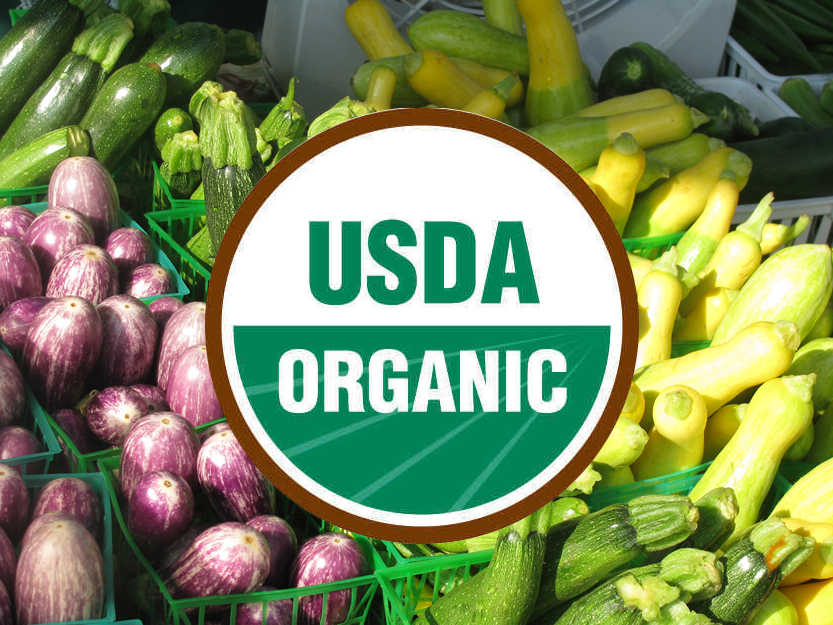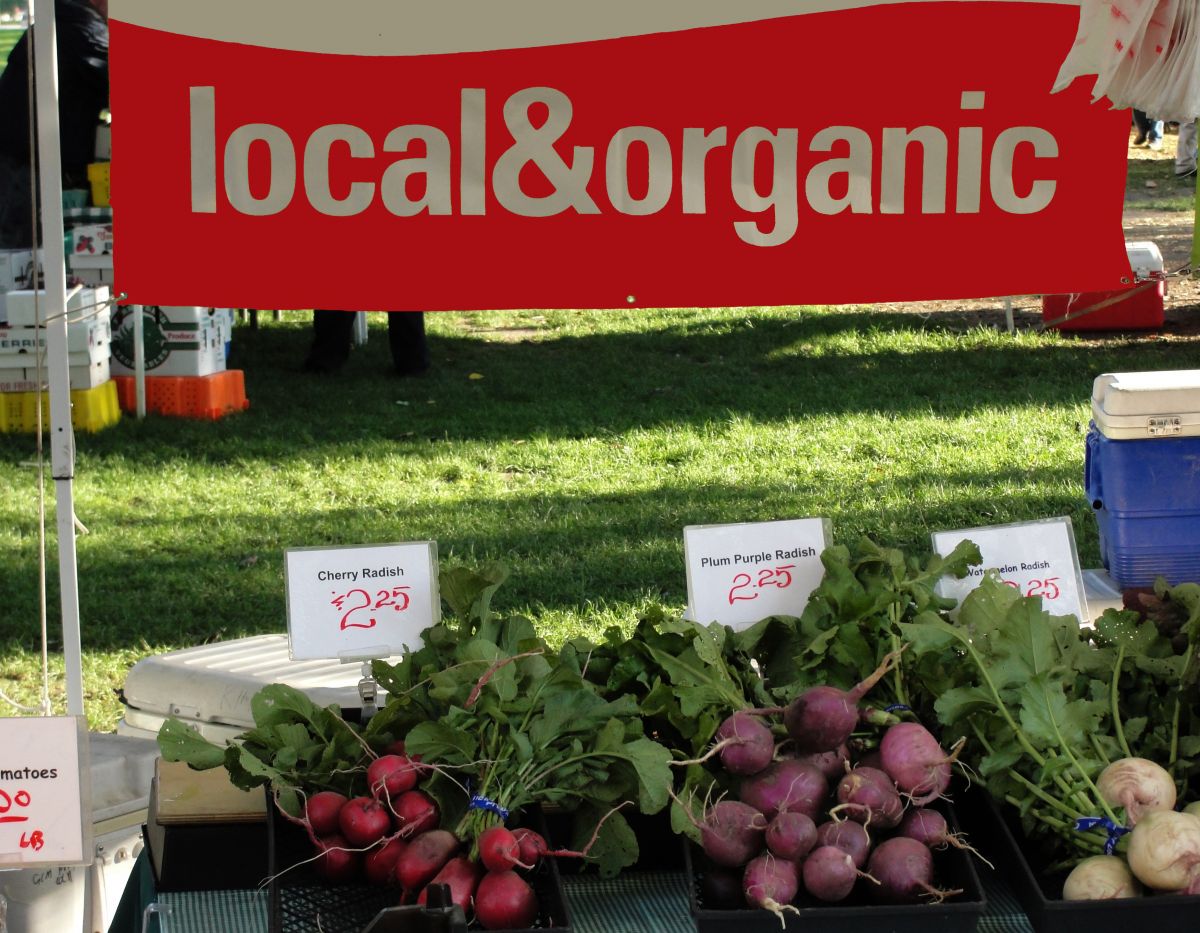Marketing Organic Produce
Organic food sales continue to increase in the U.S., reaching $45.2 billion in 2017. Organic vegetables and fruits are a large sector in organic food sales, accounting for nearly 40 percent of total organic food sales, according to the U.S. Department of Agriculture (USDA). The value of fresh organic produce sold at retail stores again increased in 2017. Fresh produce is the largest category of organic food sold in the U.S., valued at about $12 billion in retail sales in 2012, with annual sales projected at $15 to $20 billion from 2015 to 2020. This fact sheet summarizes concerns for Kentucky produce growers that are interested in beginning or expanding the marketing of organic produce. It is intended only as a starting point; further information will be found through various university and government resources and by consulting with experienced growers of organic produce.
Overview
 To use the labels “100 percent organic,” “organic,” or “made with organic ingredients,” a producer must be certified through organic standards established by the USDA. These standards are available through the Agricultural Marketing Service National Organic Program. Certification is conducted through an approved third-party certifying agency. Producers are responsible for fees incurred for certification.
To use the labels “100 percent organic,” “organic,” or “made with organic ingredients,” a producer must be certified through organic standards established by the USDA. These standards are available through the Agricultural Marketing Service National Organic Program. Certification is conducted through an approved third-party certifying agency. Producers are responsible for fees incurred for certification.
Evaluating Organic Profitability
 Two reasons often prompt produce growers to start marketing organic produce. A primary reason is often a commitment to organic agriculture. Many early organic growers began production because of philosophical or ideological commitments to producing food. A second common reason for interest in organic production is potential profitability. According to past Kentucky produce planting intentions surveys, a large percentage of Kentucky produce growers are interested in organic production because of potential profitability.
Two reasons often prompt produce growers to start marketing organic produce. A primary reason is often a commitment to organic agriculture. Many early organic growers began production because of philosophical or ideological commitments to producing food. A second common reason for interest in organic production is potential profitability. According to past Kentucky produce planting intentions surveys, a large percentage of Kentucky produce growers are interested in organic production because of potential profitability.

